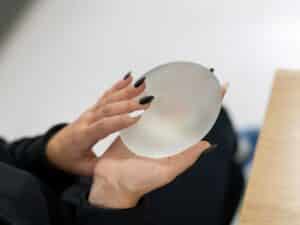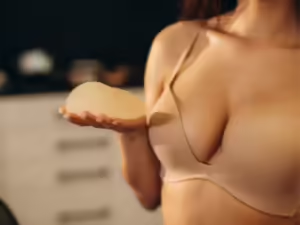
How To Choose The Best Breast Implants For You
Embarking on breast augmentation surgery is an exciting journey that involves making crucial decisions to achieve your desired cup size and natural shape. Selecting the best breast implants, whether silicone implants or saline implants, is essential for achieving a natural look and a satisfying outcome. With a variety of breast









